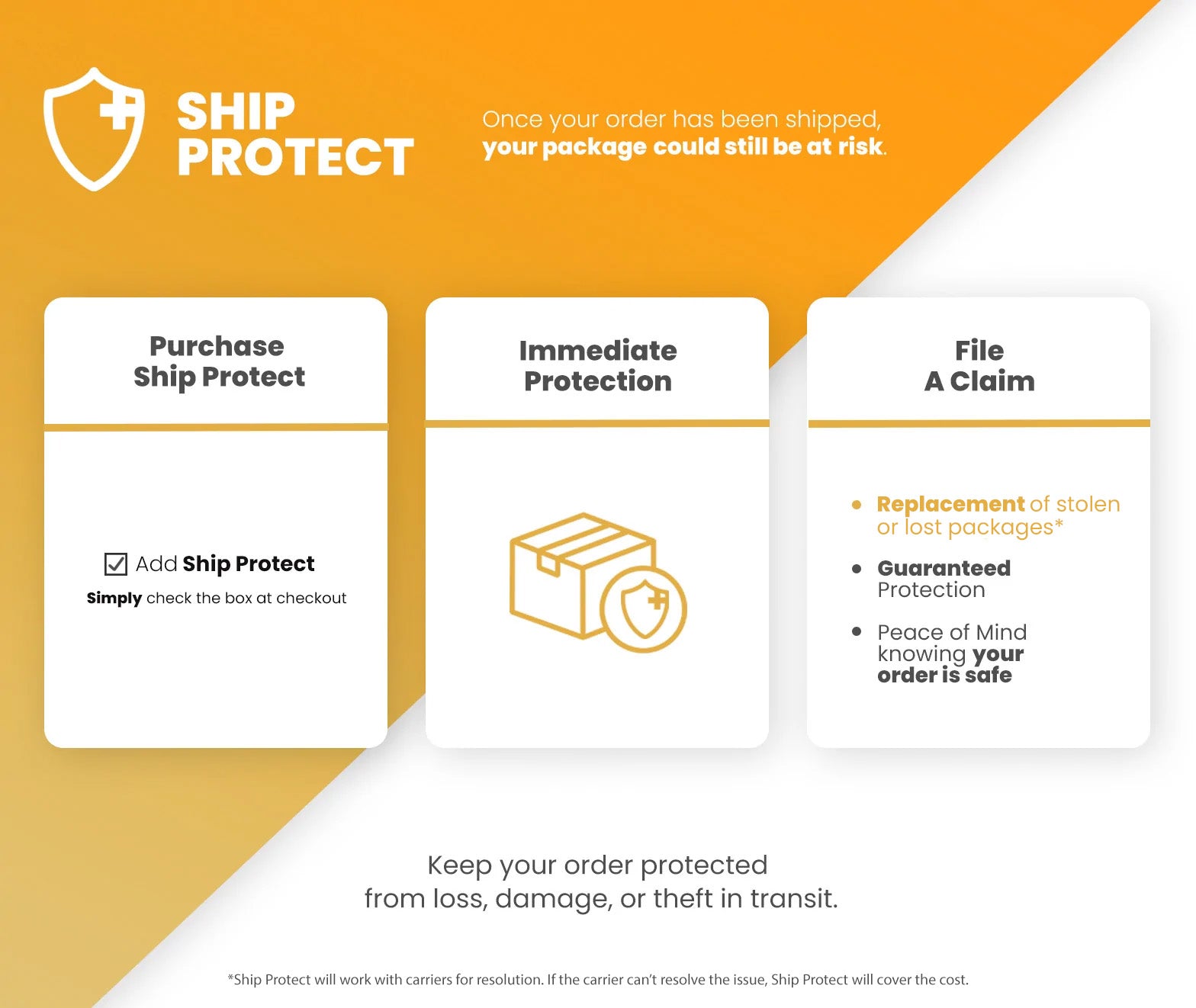Building a Car IFAK - From Basics to Customizations
While you could throw anything and everything in your car in the name of preparedness, that’s not necessarily the best way to go about things. For one, the more things you have in your car, the more difficult it is to find the things you really need, especially in an emergency. Another reason is that we’re all busy people. Whether you’re moving, hauling lumber, or ferrying kids around, more often than not, you need all the space you can get, which means having enough gear to fill an REI isn’t exactly helpful in the long term. Because of this, it’s crucial that you know the absolute necessities and the ways you can customize the basics to fit your needs.
The Basics
If you don’t have these in your car, you can’t call yourself prepared! Nobody really expects a life-threatening emergency to occur, which is why many people fail to take the necessary precautions. And while this is understandable, it is a fatal mistake. In order to keep yourself and those around you alive, be sure to throw the following supplies in your car first aid kit.
Chest Seals
If someone has been impaled and the offending object has been dislodged, you’ll need to quickly apply a chest seal. While it won’t stop any internal bleeding, it will keep air from entering the victim’s chest cavity. If air manages to enter, it can put dangerous and fatal pressure on both the lungs and heart. In this situation, the patient’s risk of death increases exponentially, so quick application is imperative.
Tourniquet

A tourniquet is absolutely crucial for travelers. Whether you’re driving up the street or on a cross-country road trip, there’s always a chance you’ll be involved in a collision. And many serious collisions end up with somebody bleeding heavily from a limb. If you or another person is bleeding heavily from a limb, your first instinct should be to slap a tourniquet on them. Since they don’t equate to limb loss, you should always place the device high and tight on the limb to achieve full occlusion.
Hemostatic Gauze
If there’s heavy bleeding that doesn’t require a tourniquet or is in an area one can’t reach, hemostatic gauze is your best friend! Upon contact, the hemostat will cause the blood to clot, quickly lessening the blood loss and increasing the patient’s chances of survival. Just be careful not to jostle or remove the gauze once applied, or you may risk dislodging the newly formed clot and putting them back in danger.
Pressure Bandage
After you have packed a wound with either normal crinkle gauze or hemostatic gauze, a pressure bandage will ensure consistent pressure is placed on the injury so you can treat other injuries or do whatever else you need to do to ensure the victim survives. Just be sure that the bleeding has stopped before placing the bandage.
Space Blanket
Not only will this keep you warm if you’re stranded in the cold, but it will also help a victim after emotional shock or severe blood loss. Something that many people don’t take into consideration is that even if you stop the bleeding, a person can still die from complications such as hypothermia. If a person has lost a lot of blood, you need to be sure to keep them warm. It’s a lot easier to keep a person warm than it is to bring someone back up to a safe body temperature.
Customizations

The following items are things that will treat injuries and occurrences that people actually do prepare for and expect to happen. While the basics covered things that will keep you alive, these will cover the pesky and irritating everyday injuries you may run into while you’re out and about.
Minor Bleeding
Whether you got your third papercut, managed to stumble into a rosebush, or nicked yourself, it’s not exactly uncommon to bleed a bit every now and then. If it’s a little scratch, stick a bandage on and call it a day! If it’s a more serious cut, you’ll want liquid skin or ZZIPS to keep the wound closed.
Medications
I’m the kind of person that carries Ibuprofen with me everywhere I go, but I understand that not everyone is like me. Therefore, this is me telling you to stick a bottle in your car. You may also want to consider putting allergy medication, aspirin, diamode, and whatever else you might need in your vehicle.
Topicals
Triple antibiotic ointment, antiseptic wipes, saline wash, burn dressings, and Friction Frosting are all great things to stick in your vehicle to help treat various injuries and skin irritants while also avoiding infection.
Breaks & Strains
These suck, but they can suck less if you’re prepared! Triangle bandages and splints are a relief to have on hand if someone takes a tumble and messes up their arm or something.
Other Supplies
Gloves, trauma shears, blister strips, Epi-pens, ice packs, and whatever else you personally need when traveling is a good way to cover all your bases.
For the Survivalist and Remote Adventurers

Sometimes, it’s not good enough to just carry medical equipment in your car. If you want to go above and beyond or are planning on exploring somewhere in the middle of nowhere that will have little to no reception, you’ll want to throw some survival gear into your car for worst-case scenarios. Survival-focused additions you’ll want to consider include:
- Nonperishable food
- Water
- Blankets or extra clothes
- Car repair tools (such as a tire repair kit)
- Fire extinguisher
- Compass
- Flashlight
- Jumper cables
If you start at the basics and build from there to fit your needs, this is a great way to take your car from a moving death trap to a moving death trap that also happens to be a medical/survival wagon! Remember, it’s better to be prepared than risk not living to regret it!







